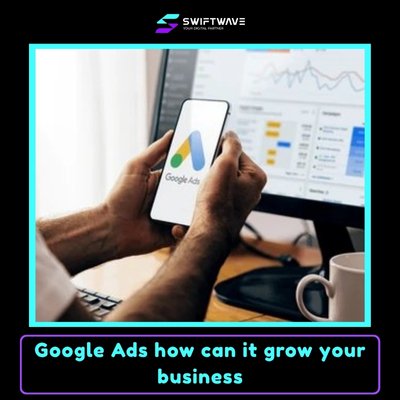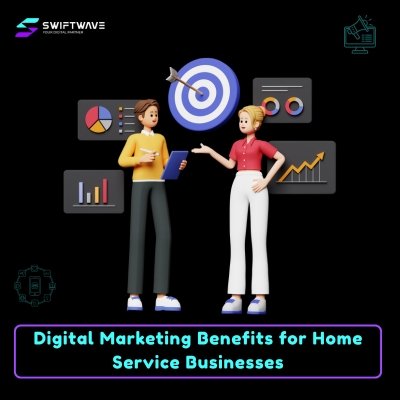Social Media Campaign is more than just posting content it’s a focused strategy designed to achieve measurable business goals through social platforms.
Whether it’s brand awareness, engagement, or sales, a well-executed campaign can turn audiences into active participants and customers.
From global brands like Coca-Cola and Apple to smaller niche businesses, successful campaigns follow a pattern: clear objectives, emotional hooks, user participation, and strategic timing.
Today, social media isn’t just about visibility it’s about creating conversations that drive action and build communities.
7 Successful Social Media Campaign Examples
In this guide, we will explain 7 successful Social Media Campaign examples, their results, and the practical lessons you can apply to your own marketing strategy.

Spotify Wrapped
Spotify Wrapped is one of the strongest examples of how a social media campaign can turn user data into engagement. Each year, Spotify gives users a summary of their listening habits in a visually engaging and shareable format.
The reason it works is simple it’s personalized, fun, and built for sharing. People love seeing their own stats, and the format makes them want to post it across platforms like Instagram and X (Twitter).
For brands, the lesson is clear: if you can turn your audience’s data or behavior into something they can own and share, you’ll turn engagement into organic marketing.
Personalization makes users feel seen, and shareable assets multiply reach without additional ad spend. Spotify didn’t just promote music; it promoted self-expression, which is what makes people participate naturally.
eyes. lips. face. fandom. by e.l.f. Cosmetics
e.l.f. Cosmetics showed how to merge pop culture and brand identity into one viral movement. Their TikTok-driven “eyes. lips. face.” campaign used a catchy soundtrack and an easy call to action: film yourself using the product with the song.
Millions of people joined in, including influencers and celebrities, creating billions of views. What worked here wasn’t luck — it was understanding platform behavior.
TikTok thrives on trends and imitation, so e.l.f. designed content that could easily be replicated by anyone. For marketers, the takeaway is to create a simple, repeatable action that aligns with your brand message.
Keep the participation barrier low, make it feel natural to the platform, and let the community drive the trend. The more user-generated content your audience creates, the less you’ll need to push through paid ads.
Share a Coke by Coca-Cola
Coca-Cola’s “Share a Coke” campaign proved that personalization and emotion can revive even the most established brands. By printing popular first names on Coke bottles, they encouraged people to find bottles with their own or friends’ names then share them.
This campaign worked because it gave people ownership of the product and made it about them. It wasn’t just about drinking Coke; it was about sharing moments and memories with others.
From a marketing perspective, this is an ideal example of humanizing a product. When customers can see themselves in your product, they connect emotionally.
For digital marketers, the formula here is simple: create something relatable and easily shareable. In web or digital campaigns, this might mean personalized emails, custom landing pages, or products tailored to individual preferences.
The key is relevance people engage when it feels personal.
Getty Museum Challenge by J. Paul Getty Museum
The Getty Museum’s challenge was an example of community-driven creativity during a difficult time. During the pandemic, the museum asked followers to recreate famous artworks using household items and post them online.
It cost nothing to join, but it created massive global participation. The simplicity was its power — no filters, no brand-heavy visuals, just creativity.
For digital creators, the lesson is that not every campaign needs a big budget; it needs a clear idea that invites participation. Encourage your audience to take part, give them freedom, and share their creations.
When people see their own work featured by a brand, they feel valued and loyal. In web and content strategy, that means making users part of the content, not just consumers of it. When audiences contribute, they become advocates.
CeraVe Anti-Advertising Campaign
CeraVe took an unusual route by stepping away from flashy influencer promotions and focusing on authenticity. Their campaigns highlighted real dermatologists, genuine product education, and user reviews instead of over-polished marketing.
This strategy resonated with an audience tired of exaggeration. For digital marketers, the takeaway is that transparency can outperform glamour.
If your audience values trust and expertise, show them real stories, not sales pitches. As a content creator or brand strategist, focus on evidence-based messaging facts, results, and credibility.
For developers, this might mean designing websites or landing pages that prioritize testimonials, certifications, and expert input over slogans. Real trust is built on proof, not perfection.
#ShotOniPhone by Apple
Apple’s #ShotOniPhone campaign transformed users into marketers. By encouraging people to share photos taken on iPhones, Apple showcased product quality through user creativity.
The strategy is powerful because it focuses on proof, not promises. The audience creates the content, the product delivers the evidence, and the brand curates the best work.
For marketers, this is a reminder that social proof is more persuasive than brand messaging. If people see real users succeeding with your product, it builds credibility.
You can adapt this idea for almost any brand: let customers show your product in action. Whether it’s testimonials, reviews, or creative uses, user-generated content gives your marketing authenticity.
For agencies, it’s about building communities where users contribute naturally, without forced incentives.
Ice Bucket Challenge (Charity Campaign)
The Ice Bucket Challenge remains one of the most effective viral charity campaigns ever. It encouraged people to pour a bucket of ice water over their heads, share the video, and nominate others all while raising awareness and funds for ALS.
The formula was direct: easy action, visual content, and a built-in chain reaction. The challenge spread because it was fun, public, and for a cause.
For digital marketers, the message is clear create campaigns that are interactive, not just visible.
Use a structure that encourages participation and passing it forward. Tagging, challenges, and community accountability drive exponential reach.
If you’re working in digital marketing or development, think of systems that make it effortless for users to spread your message while feeling part of something bigger.
Why These Worked: Key Patterns
All these campaigns share a few clear traits that made them succeed. First, each had a simple concept nothing complicated, but something people instantly understood.
Second, they all had a share mechanism built in, whether it was a hashtag, personal data, or a challenge. Third, the campaigns were context-aware timed and designed to fit cultural or platform moments.
Most importantly, they all involved the audience, turning users from observers into participants. In marketing terms, this is the difference between reach and resonance.
Reach gets you visibility, but participation builds loyalty. Successful campaigns are structured, measurable, and human-centered. They focus less on how beautiful the ad looks and more on how users interact with it.
How You Should Apply This as a Digital Marketer / Web Developer / Creative
If you’re building campaigns or digital platforms, take these lessons as direct playbooks. Start with your objective — define what success looks like in numbers (engagement rate, signups, conversions).
Then, design your message around what your audience already does online. Don’t try to force behavior; amplify it. If they love creating content, make your campaign creative.
If they love competition, build challenges. If they value education, give them useful insights. For developers, build user journeys that make participation easy one-click sharing, embedded hashtags, or social integrations.
For designers, make visuals simple, mobile-friendly, and interactive. For copywriters, focus on clarity and emotional connection, not buzzwords. And for strategists, track performance — what people share, how they react, and why they care.
Great campaigns don’t happen by luck. They happen when brands listen, simplify, and create space for the audience to participate.
Whether you’re marketing a product, a service, or a cause, these examples prove one truth: people don’t just want to be sold to — they want to be part of something. Build your campaign around that, and you’ll get real engagement, not just impressions.
Conclusion
Successful social media campaigns aren’t built on luck or huge budgets they’re built on clarity, participation, and timing.
Whether it’s Spotify turning user data into pride, Coca-Cola making personalization a social act, or Apple letting users prove product quality, each campaign connects directly with its audience.
The key takeaway is simple: focus on what people actually do and want to share, not what you want to tell them. For digital marketers, web developers, and creatives, this means designing experiences that invite involvement, not passive viewing.
Use real data, keep your message human, and build easy share mechanics into everything. The most effective campaigns make the audience feel like part of the story that’s how engagement turns into momentum, and momentum turns into results.



